Sylvania Special Lamps
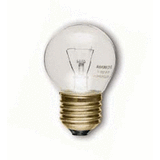


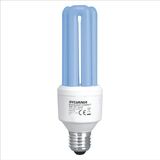


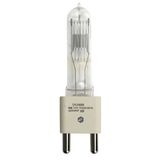
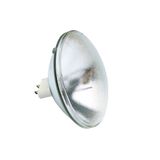
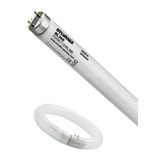
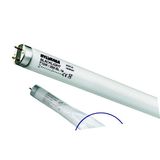
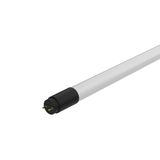

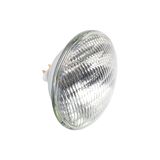

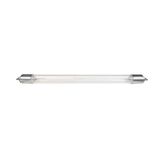
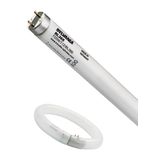
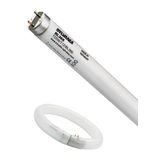
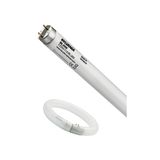
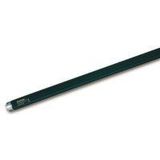
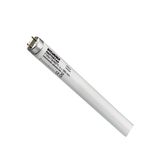



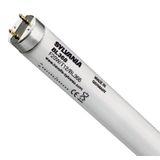
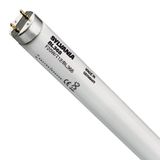
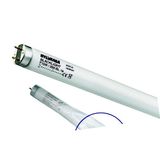

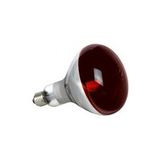
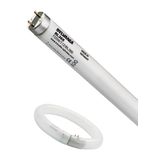
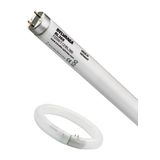
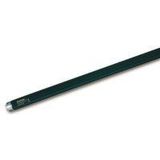
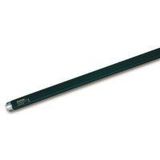
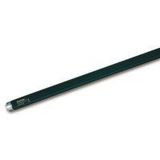
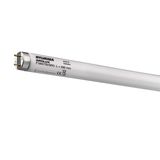
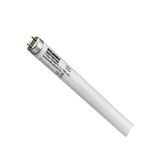
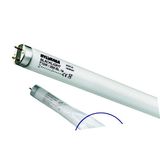
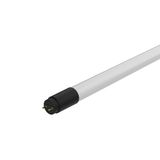
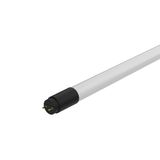
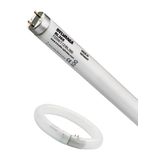
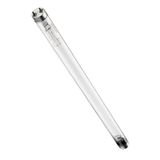
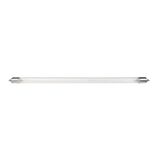

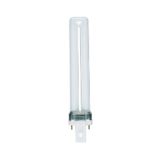
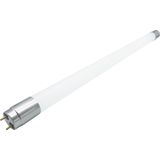

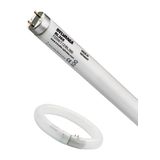
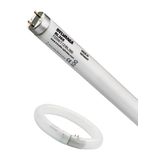


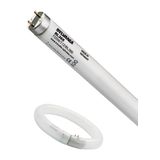
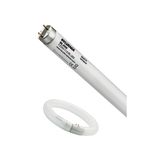
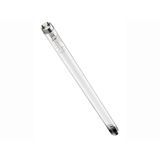


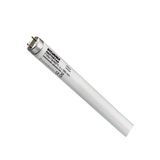

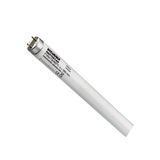
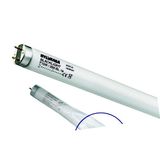
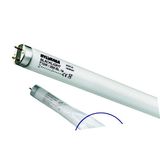

-
-
1
- 2
-
sylvania special lamps range overview
Special-purpose lines from Sylvania cover UV, IR, projection, and pro-audio-visual uses where ordinary retrofit lamps don’t cope. Arc tubes, quartz envelopes, hard glass, and ceramic caps are matched to the duty, and thermal paths are designed for enclosed housings or forced cooling. Typical electricals sit on 220–240 V, 50/60 Hz; drivers and ignitors follow IEC/EN practice with declared inrush and hot-restart notes. For procurement, stocking sylvania special lamps by base (E27, G13, GY9.5, GY16, PGJX50, 2G11) keeps maintenance predictable across phases.
sylvania uv lamps technical parameters
UVC germicidal types run low-pressure mercury or excimer sources at 254 nm (or 222 nm filtered) with radiance outputs sized for upper-room and in-duct systems. UVA/UVB models target 365/368 nm and 311 nm narrowband for inspection and phototherapy. Expect quartz sleeves, ozone-free or ozone-producing variants, and pins keyed to ballast families. Photobiological safety follows EN 62471; EMC per EN 55015/61000; lifetimes 6,000–16,000 h to 80 % radiance depending on on/off cycles. In HVAC coils and cabinets, choose sylvania uv lamps with the correct sleeve OD and end-cap to maintain IP and airflow.
sylvania medical lamps applications and compliance
Dermatology suites use 311 nm UVB bars with dose control; Wood’s lamps at ~365 nm support diagnostics; high CRI examination heads sit at 4000–5000 K with R9>50 for skin tone fidelity. Envelope chemistry and filters are selected to block unwanted bands; thermal drift is managed by heat sinks or active cooling. Documentation tracks IEC 60601 adjacency and electrical safety per EN 61347 for control gear. When tenders specify sylvania medical lamps, confirm patient-side irradiance, warm-up to stability, and lamp change intervals so clinical protocols remain intact.
sylvania infrared lamps operating windows
IR emitters cover short-wave (0.8–1.5 µm) quartz halogen tubes for process heat and long-wave ceramic emitters for comfort zones. Ratings commonly span 150–2,000 W with phase-angle or SSR control, PF ≥0.9 on driver-based systems, and surface temps tuned to substrate needs. Reflector geometries (linear, twin-tube, R125) shape the footprint; IP20 for interiors to IP65 on splash-prone lines. In curing benches and catering lines, sylvania infrared lamps deliver fast ramp-up and tight thermal targeting without spilling heat into adjacent equipment.
sylvania projector lamps for imaging systems
Projection and medical imaging rely on compact high-intensity discharge or UHP-type sources with arc gaps stabilised for colour and focus. Typical colour temps 6000–8000 K, CRI 85–95, and lumen outputs scaled to optics. Hot-restrike behaviour, warm-up time, and ballast pairing are critical; mounting must respect axial alignment and airflow. For service teams, stocking sylvania projector lamps by OEM code and ANSI family avoids focus shift and maintains uniform brightness across multi-projector arrays.
sylvania stage and studio lighting fixtures and optics
Theatre and broadcast rigs mix tungsten-halogen (≈3200 K, CRI≈100) with discharge or LED engines for punch and efficiency. Bases include G9.5, GX9.5, GY9.5, and G22; lenses and shutters take the heat load without colour drift. Dimming curves must stay smooth at low levels, and colour rendering on skin tones is non-negotiable. Flight cases carry spares by show file to keep looks consistent. Rental houses spec sylvania stage and studio lighting where lamp stability and predictable output under dimmer-ramp cues matter.
sylvania specialty lighting products integration and logistics
Inspection lines, banknote verification, horticulture accents, and museum cabinets all sit in this bucket. Cabinets prefer UVA with low heat; horticulture leans toward tailored spectra around 660/450 nm mixes; museums require high CRI with very low UV leakage. Mechanical formats are kept slim for tracks, pelmets, and tight service corridors. For multi-site rollouts, sylvania specialty lighting products benefit from unified connectors and driver interfaces so crews don’t juggle adapters.
Technical specifications and standards for engineers
- Electrical and control: mains 220–240 V; dedicated ballasts/PSUs where needed; DALI-2/0–10 V on LED-based assemblies; declared inrush for MCB sizing.
- Photometrics and radiometrics: CRI 80/90 for visible; defined mW/cm² at set distances for UV/IR; CCT 2700–8000 K by application; ≤3-step SDCM on visible where colour uniformity matters.
- Thermal and environment: operating windows typically −20…+50 °C; IP20 to IP65 depending on housing; ceramic or quartz where hot spots occur.
- Safety and EMC: EN 61347 driver safety, EN 62031 LED modules, EN 55015 emissions, EN 61000-3-2 harmonics, EN 62471 photobiological assessment; shielding and interlocks where UV is exposed.
Applications and compatibility
Healthcare rooms, print inspection, PCB exposure, adhesive curing, food warming, and venue lighting all appear in the schedules. Ensure ballasts and ignitors match lamp chemistry; confirm cooling airflow and orientation; keep UV enclosures interlocked and labelled. In heritage sites, low-UV visible sources protect pigments; in factories, IR zoning shortens cycle times without deforming fixtures.
Integration with other Sylvania systems
Tie lamps to Sylvania control gear for matching ignition profiles, temperature monitoring, and scene recall where applicable. Use addressed DALI-2 for logging run-hours on LED/driver assemblies; for discharge sources, keep timers and strike counters in the rack so maintenance swaps on hours rather than failures. Pair with Sylvania luminaires and enclosures that preserve IP when sleeves or lenses are serviced.
Selection criteria for B2B buyers
- Define the physical process: dose in mJ/cm² for UV, target temperature and ramp profile for IR, lumen and colour stability for projection/stage.
- Lock interfaces: base type, ballast class, control method, and sensor feedback.
- Engineer the enclosure: reflectors, shielding, airflow, and service access.
- Plan spares: batch codes, burn-in policy, swap thresholds, and transport packing to prevent shock on arc tubes.
Advantages of working with Bankoflamps
We align pricing to room and process schedules and expose live EU stock before crews are booked. Quotes arrive in about an hour with EAN/MPN so variants stay fixed. Your portal shows lead times, shipment status, and downloadable price lists with validity windows you can plan around. Approved clients can use post-payment up to 30 days. We consolidate partials to cut freight, and your account manager cross-checks base type, ballast pairing, enclosure IP, thermal management, shielding, and service clearances against your drawings so cartons land site-ready. We support projects in France, the Baltics, Germany, Spain, Italy, Belgium, and the Netherlands with tracked lead times and predictable logistics.